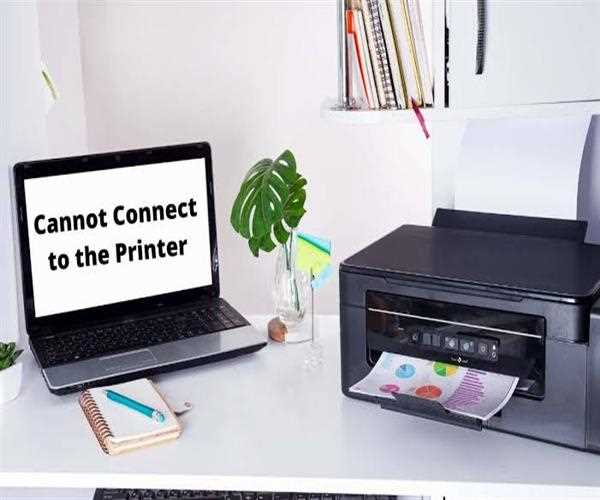Encountering challenges when a computer fails to establish a connection with a printer can be frustrating. However, there are various troubleshooting steps available to resolve this issue. Here's a comprehensive guide to help you successfully establish a connection:

- Verify Physical Connections:
Confirm that the printer is correctly linked to the computer. For wired connections, ensure that the USB or Ethernet cable is securely connected to both the printer and the computer. For wireless setups, make sure both devices are on the same network. - Restart Devices:
A simple restart can often eliminate temporary glitches. Power off both the computer and the printer, wait for a few moments, and then power them back on. Attempt to reconnect after the restart. - Update Printer Drivers:
Outdated or incompatible printer drivers can lead to connection issues. Visit the printer manufacturer's website, download the latest drivers for your specific printer model, and install them on your computer. - Check Printer Status:
Ensure that the printer is powered on and displays no error messages. Address any issues, such as paper jams or low ink/toner levels, before attempting to reconnect. - Use the Correct Printer Port:
Confirm that the printer is using the correct port on your computer. Open the "Devices and Printers" or "Printers & Scanners" settings, right-click on the printer, and verify the port settings. - Check Network Connection (For Network Printers):
If using a network printer, ensure both the printer and the computer are on the same network. Verify the network settings on the printer and confirm it has a valid IP address. - Disable Firewall/Antivirus:
Temporarily disable your computer's firewall or antivirus software. Security software can occasionally obstruct communication between the computer and the printer. Adjust settings accordingly if the connection succeeds with the firewall off. - Reinstall Printer Drivers:
Uninstall the printer drivers from your computer and then reinstall them. This process can replace potentially corrupted driver files and improve the likelihood of a successful connection. - Run Windows Troubleshooter:
Both Windows and macOS include built-in troubleshooters for printers. Utilize the "Troubleshoot" option in the printer settings or control panel to identify and fix common issues with the printer's setup. - Check for IP Address Changes (For Network Printers):
If your printer has a static IP address, ensure it hasn't changed. Update the printer settings on your computer with the correct IP address as needed. - Use a Different USB Port or Cable (For Wired Printers):
If using a USB connection, try connecting the printer to a different USB port on your computer. Additionally, test with a different USB cable to rule out cable issues. - Reconfigure Wireless Settings (For Wireless Printers):
For wireless printers, reconfigure the wireless settings on the printer. Confirm that the SSID and password match your network settings. - Verify Printer Sharing Settings:
If connecting to a shared printer on a network, ensure that printer sharing is enabled on the host computer. Review the sharing settings to confirm your computer has access. - Update Operating System:
Confirm that your computer's operating system is up to date. System updates often include improvements to device compatibility and connectivity. - Perform a System Restore:
If the printer was previously working but stopped after a recent change, consider using System Restore (Windows) or Time Machine (Mac) to revert your system to a state when the printer was functioning. - Contact Manufacturer Support:
If none of the above steps resolves the issue, contact the printer manufacturer's customer support. They can offer specific guidance based on your printer model and may provide further troubleshooting steps or warranty support.
By systematically following these steps, you can identify and potentially resolve the issue of your computer not connecting to the printer. If problems persist, seeking assistance from the printer manufacturer's support or professional support may be necessary.